20 Weird & Unusual Food Facts that Will Freak You Out!
Who doesn't love to learn all about their favourite foods? Here are some crazy, unexpected, and totally mind-blowing facts about your favourite snacks!
Food is the thing that brings us all together, and lots of cultures know this! But it's time to step out of your comfort (food) zone with some weird and unusual foodie facts! Do you knowwhere bagels come from, or what makes pistachios special - or where you can hear rhubarb? Read on and learn! And if you need more food facts afterwards, we've got some! Learn all about watermelon, sandwiches and sushi with us!
1. People LOVE cheese
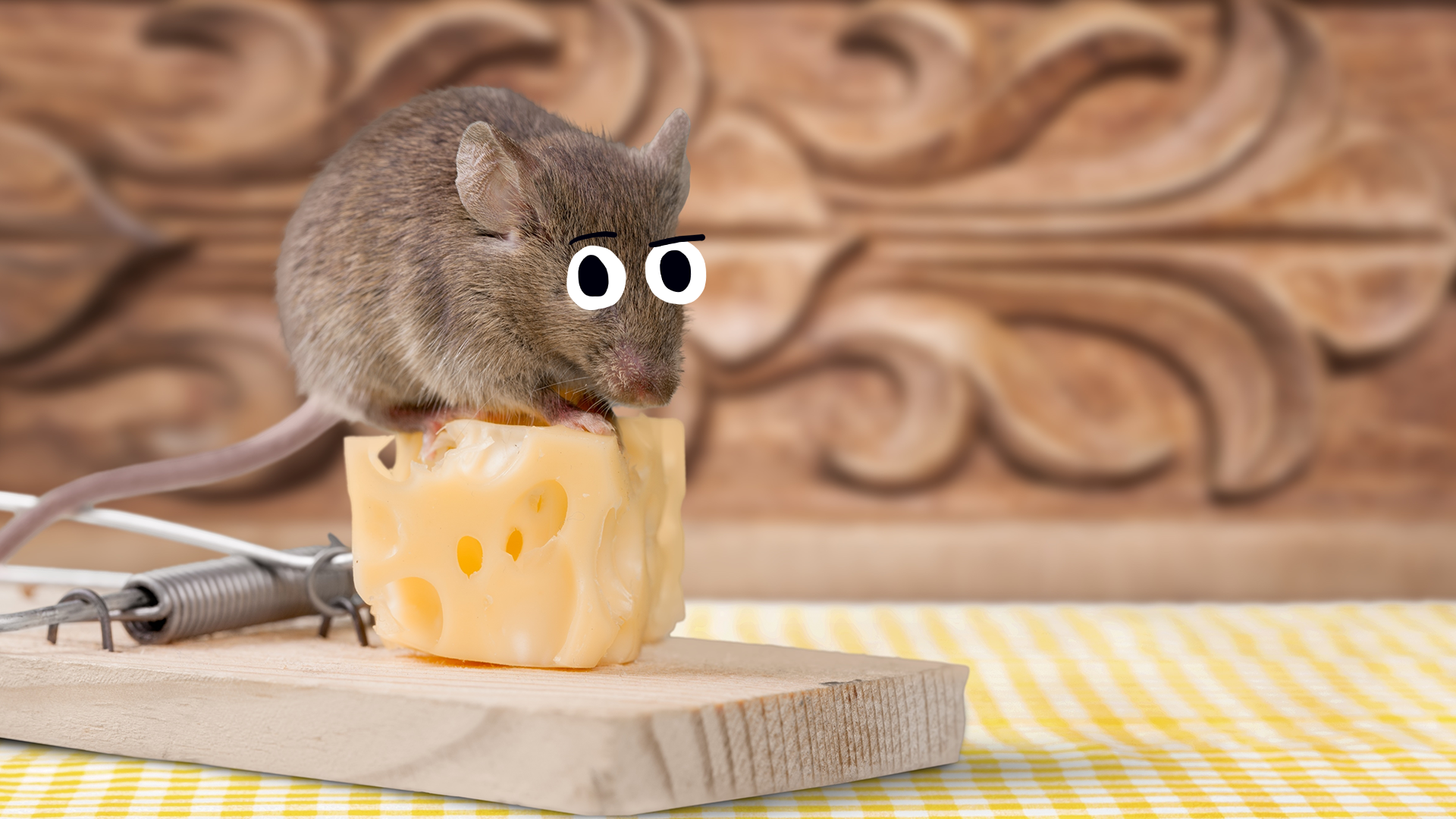
We get it - cheese is totally delicious, and adding it to just about any dish makes it better! But it seems like some people REALLY love cheese - it's the most stolen food in the world! About 4% of ALL cheese ends up stolen - that's over 500 million pounds of cheese, or about 127,000 cars in weight per year! It's not just lifting from the local supermarket, too, Cheese heists are totally a thing - in one heist in 2018, French thieves made off with 700 blocks of Saint-Nectare cheese!
2. But there's more cheese than you'd think!
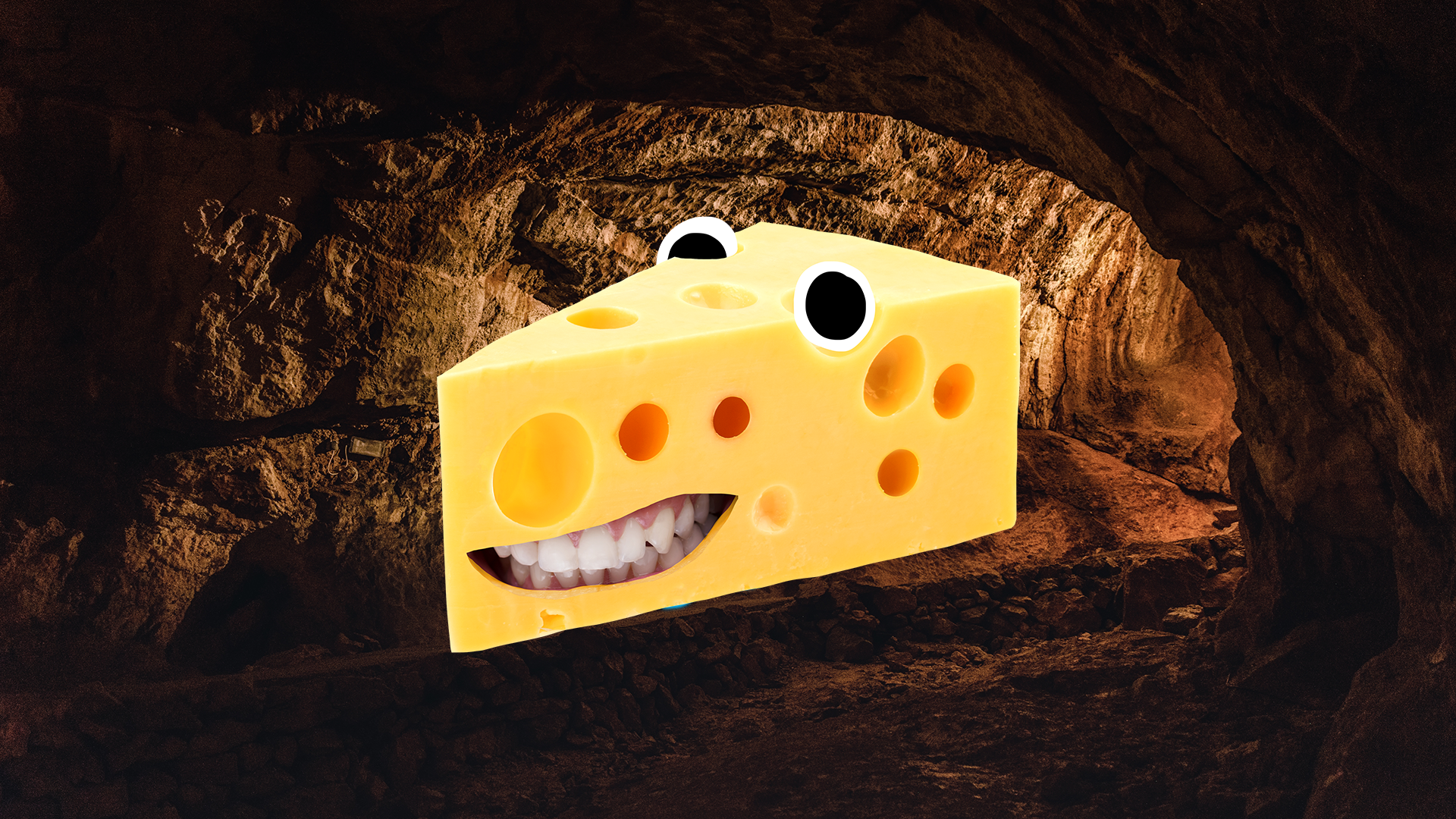
In the USA, it's a widely-reported fact that the USDA (United States Department of Agriculture, a government department) keeps billions of pounds of cheese (as well as butter and dried milk) stored in underground vaults in Springfield, Missouri. This sounds crazy, but it makes sense! Milk is a good way to provide nutrition to the public, especially children, but it doesn't last very long. Cheese lasts for much longer though and is still a great way to get protein - so, it's a valuable thing to keep in reserve. In the 1970s there was a dairy shortage, and that's when the cheese started building up. By the 1980s, the cheese was distributed as part of a public campaign, to encourage people to eat more protein (and to get rid of the cheese).
3. Bananas are berries!

What do you think when you hear the word berry? Probably not bananas, but they are! Cucumbers and kiwis are also classed as berries. Here's the weird part though - strawberries, blackberries are raspberries are not technically berries! Botany (the study of plants) is complicated, and lots of things aren't what you think they are!
4. Haggis is illegal!
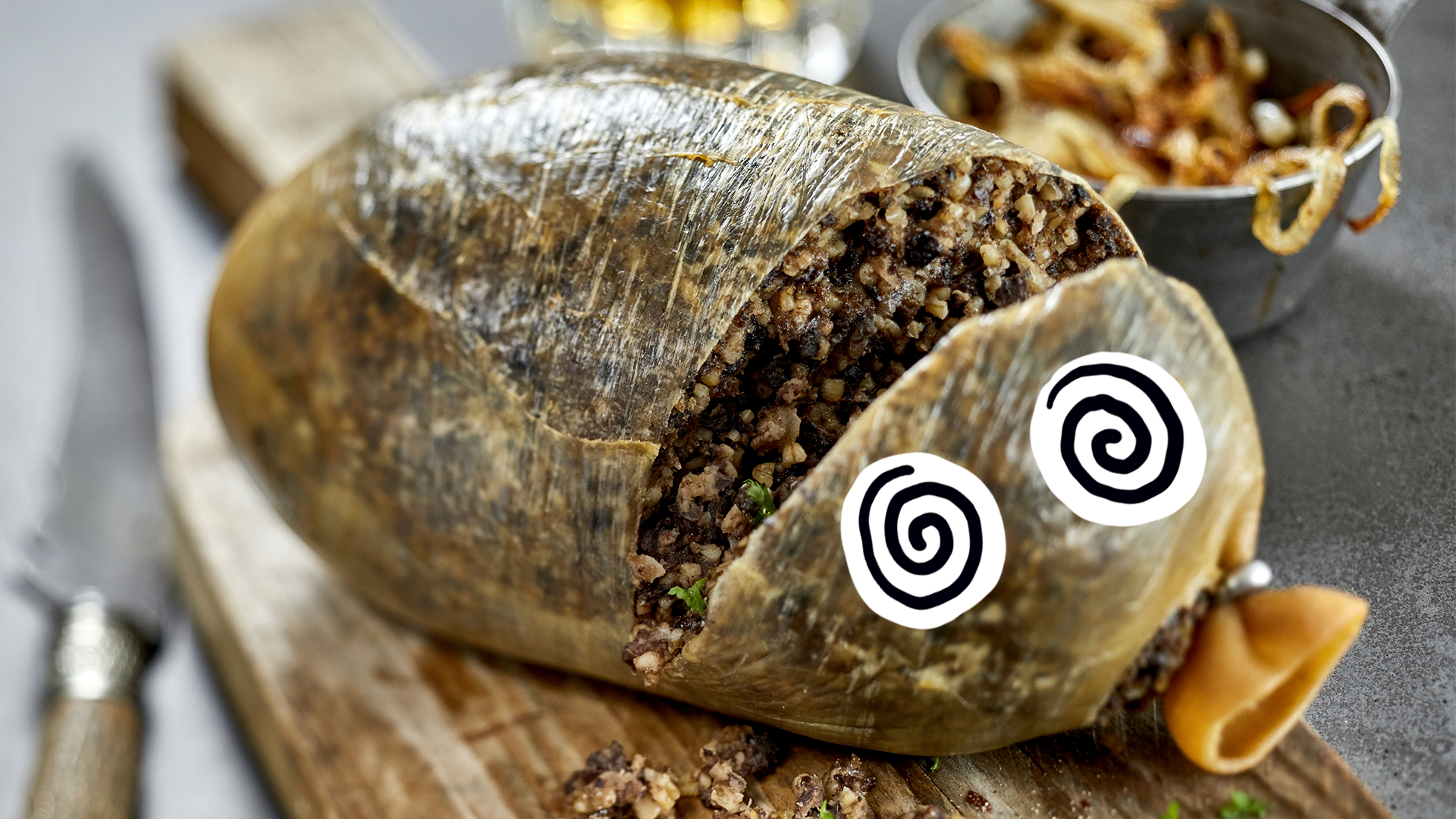
You might have had some haggis on Burns Night, especialy if you're in Scotland - but did you know there are strict rules about haggis in the USA? Haggis can't be imported from Scotland to the USA because of strict laws around importing sheep lung (which makes up about 10-15% of haggis). Haggis is still popular in the USA because there are a lot of Scottish immigrants, so it's made in the country instead.
5. There is a banned fish!

Fugu is a Japanese dish made from the pufferfish. It's a very expensive delicacy in Japan and East Asia, but you won't find in anywhere in the European Union - there's a total ban on importing or eating it! This is because it contains a very powerful toxin called tetrodotoxin. It's said to be 100 times more powerful than cyanide! Only very experienced chefs can prepare the dish without it being fatal.
6. Fancy food wasn't always fancy
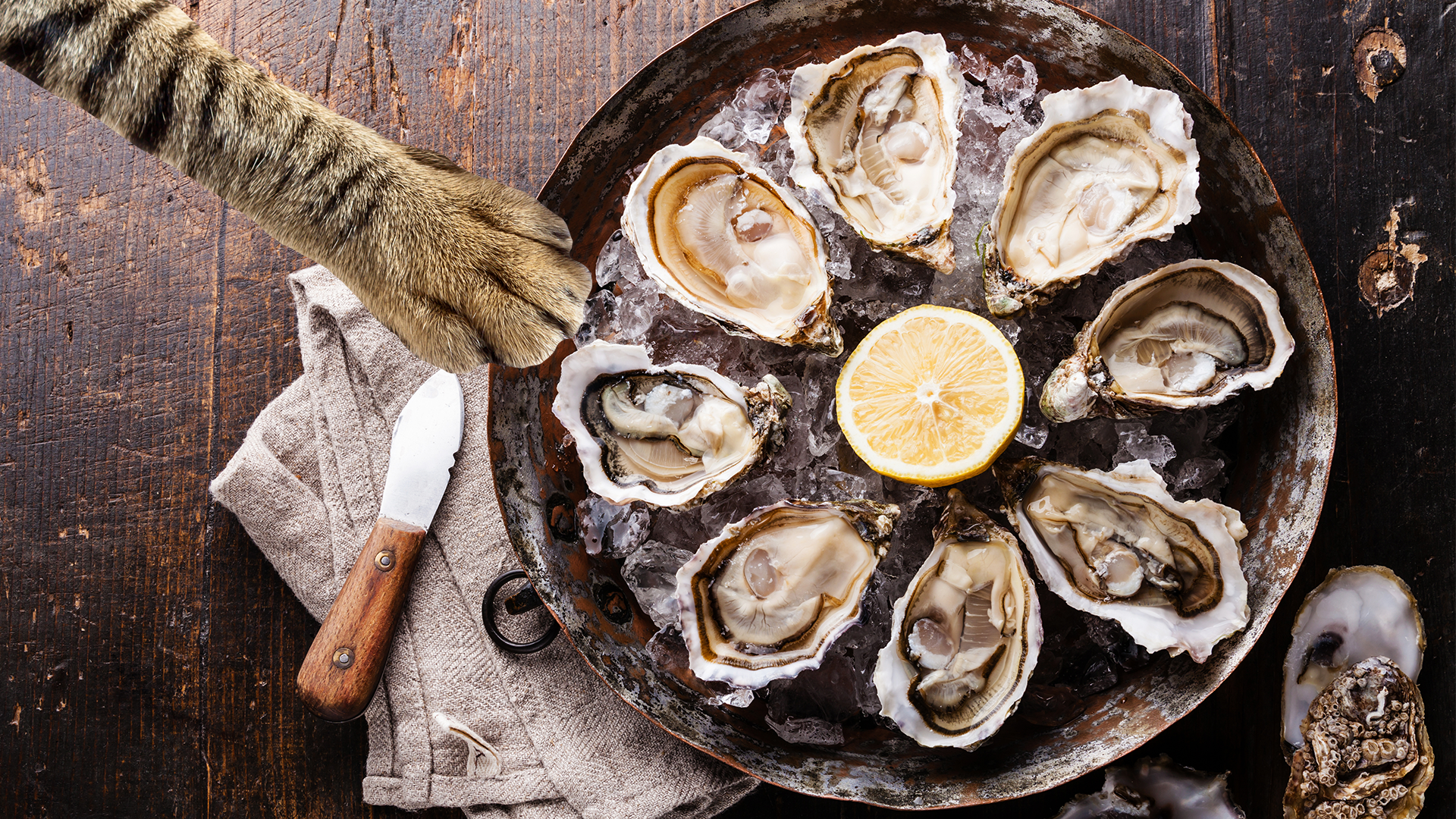
You might think of foods like lobster, crabs and oysters as very fancy - but they weren't always! Throughout history they were mostly eaten by the poor. Oysters were eaten as street food by workers, paupers and the destitute in the US and the UK. In Edinburgh you'll find the underground vaults, which used to house the poorest people in the city. When the vaults were excavated in the 1990s, oyster shells were one of the most common pieces of rubbish found inside. In New England and the eastern USA, where European settlers first arrived, lobster was considered trashy for a very long time - it was fed to prisoners and considered undesirable food. There are reports that there were limits on how much lobster a prisoner could be given because too much was cruel!
7. You can hear rhubarb grow
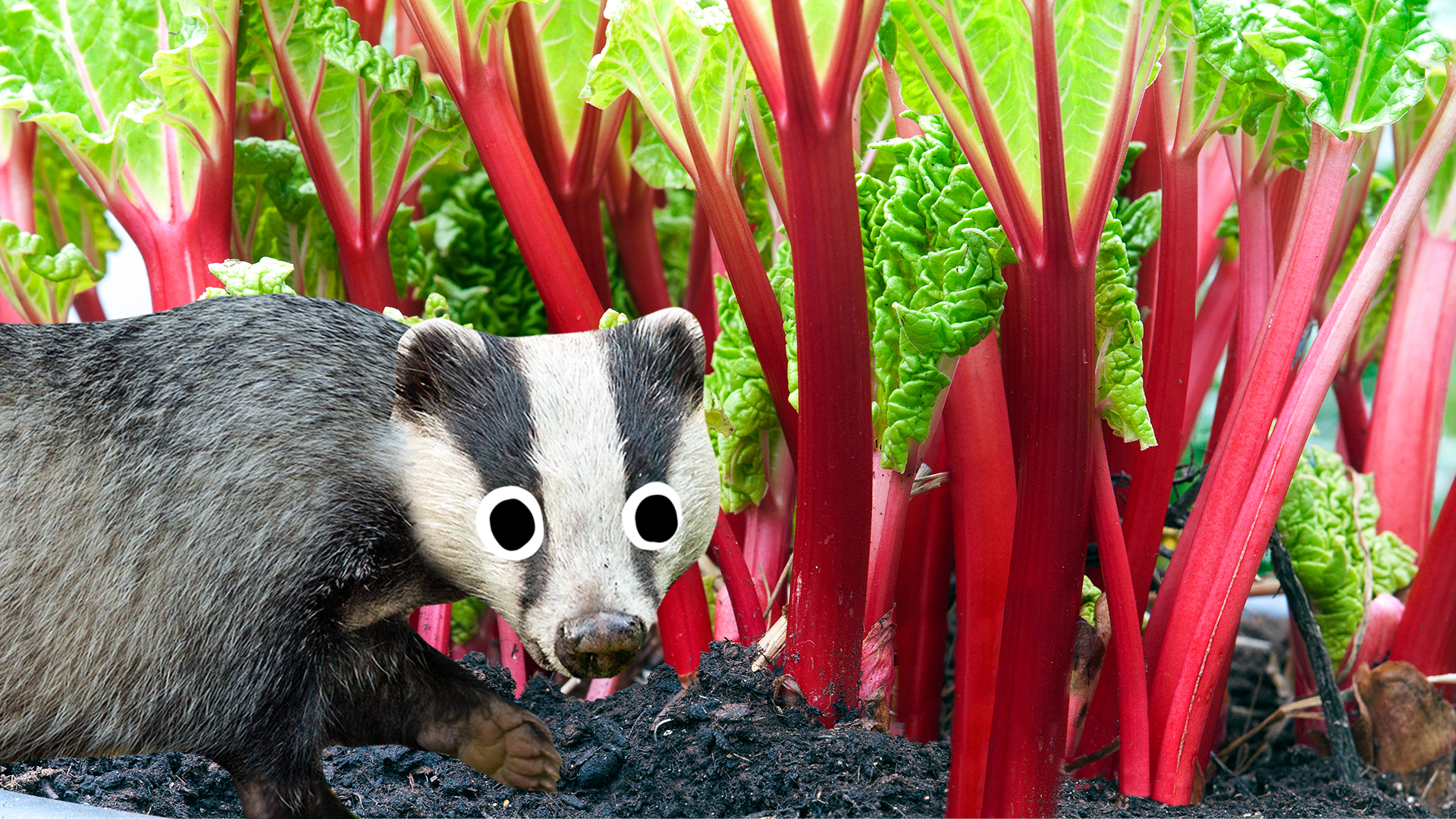
Okay, this is freaky! Rhubarb is a popular plant because it's very easy to grow, and it tastes nice as a sweet dish - rhubarb pie is a popular dish for a reason! It grows well in the dark, and one variant of rhubard is known as "forced rhubarb." The practice began in Yorkshire in 1877, and it runs from December to March each year. Rhubarb is grown in special sheds and grown by candlelight. Because sunlight never hits the rhubarb, it doesn't turn green and it has a more delicate, tender flavour. That's not all - forced rhubarb grows so quickly, you can actually hear it popping and cracking as it grows!
8. Dark chocolate has interesting properties
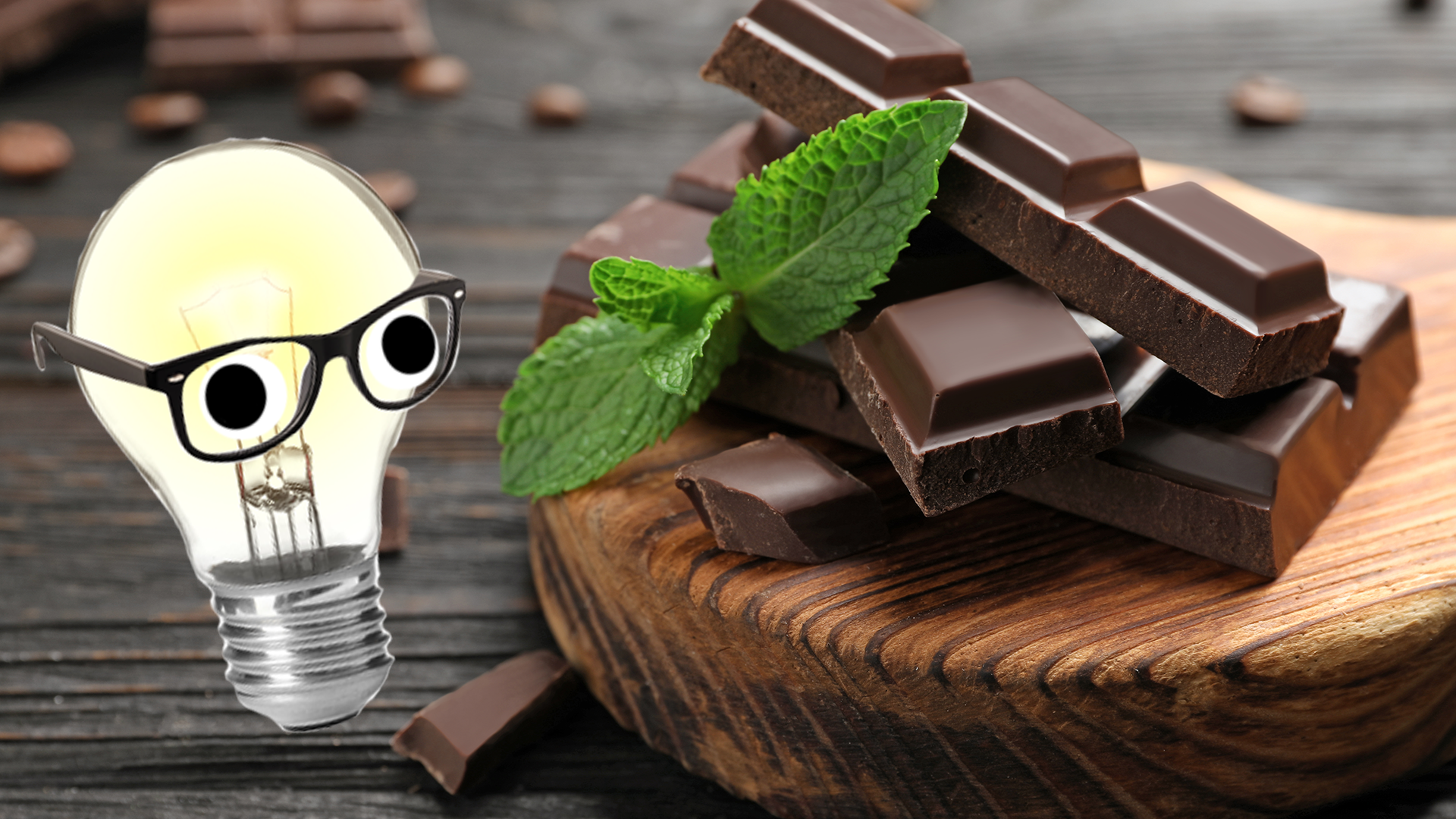
Do you love chocolate? Great news! Dark chocolate actually has health benefits, according to studies by Harvard University. Apparently it can help lower blood pressure and inflammation, and possibly reduce risks of cancer, heart disease and diabetes! Of course, you shouldn't eat only dark chocolate - chocolate with 70% cocoa is very high in caffeine, which comes with it own problems!
9. Brussels sprouts are the world's most hated vegetable
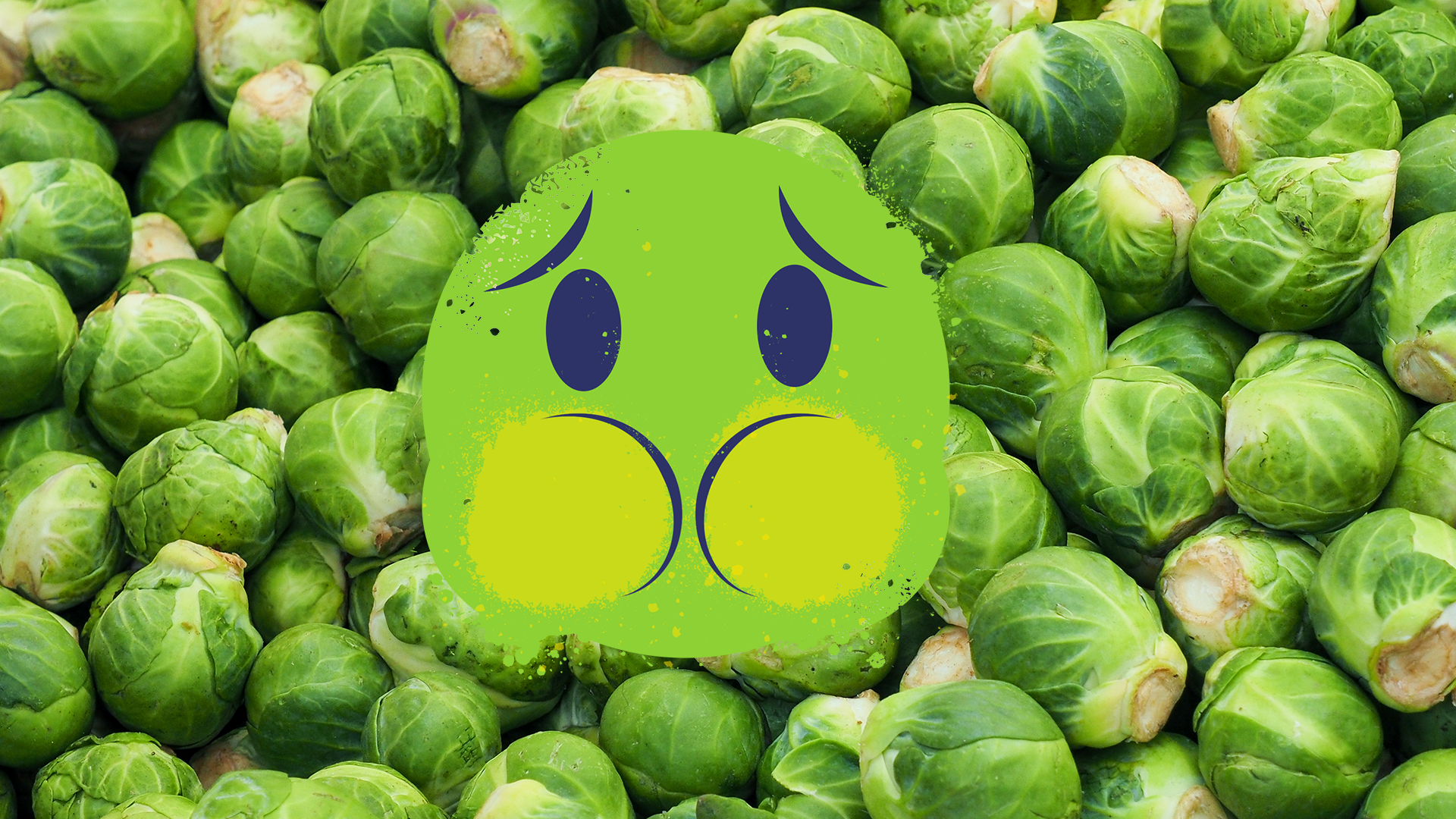
It's been a cliche for a while, but it's official - Brussels Sprouts are the least liked vegetable! Even though they're a Christmas staple, a 2020 survey in the Metro revealed that 19% of respondents HATED the green fiends! It's a shame because they're actually very good for you! They're packed with minerals and vitamins, have almost no fat or cholesterol, and are great at filling you up!
10. Pistachios are unusual
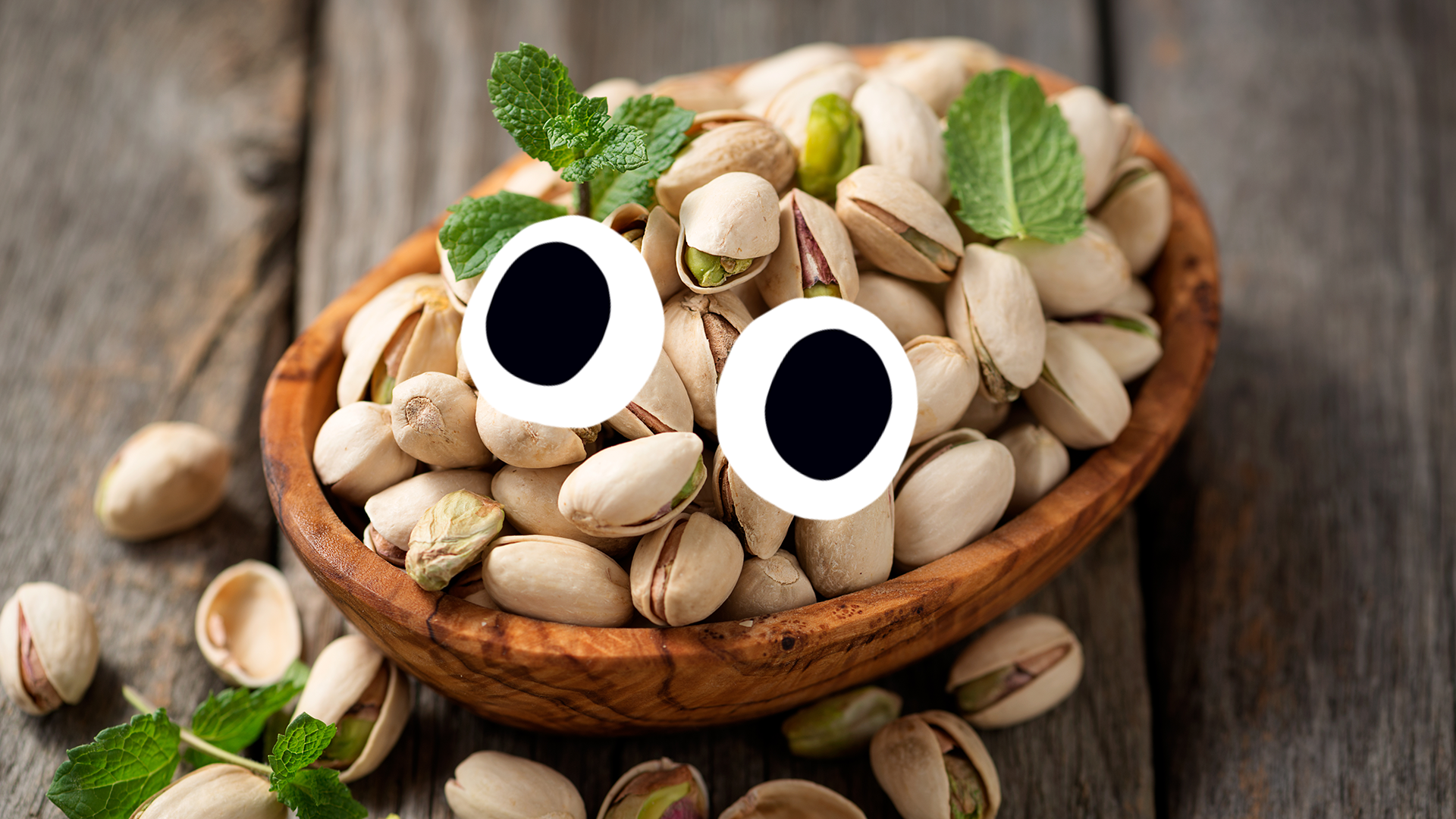
So, pistachios aren't ACTUALLY technically nuts. They're "drupes", a group of stone fruits that also includes peaches, coffee, olives and plums. So really, they're fruit - or rather, the inner part of a fruit once the outer bits are removed. Pistachios have a lot of health benefits, but because of their high fat content they're also very flammable! They have to be transported under very strict conditions, or else they might cause a fire!
11. Spices were a luxury
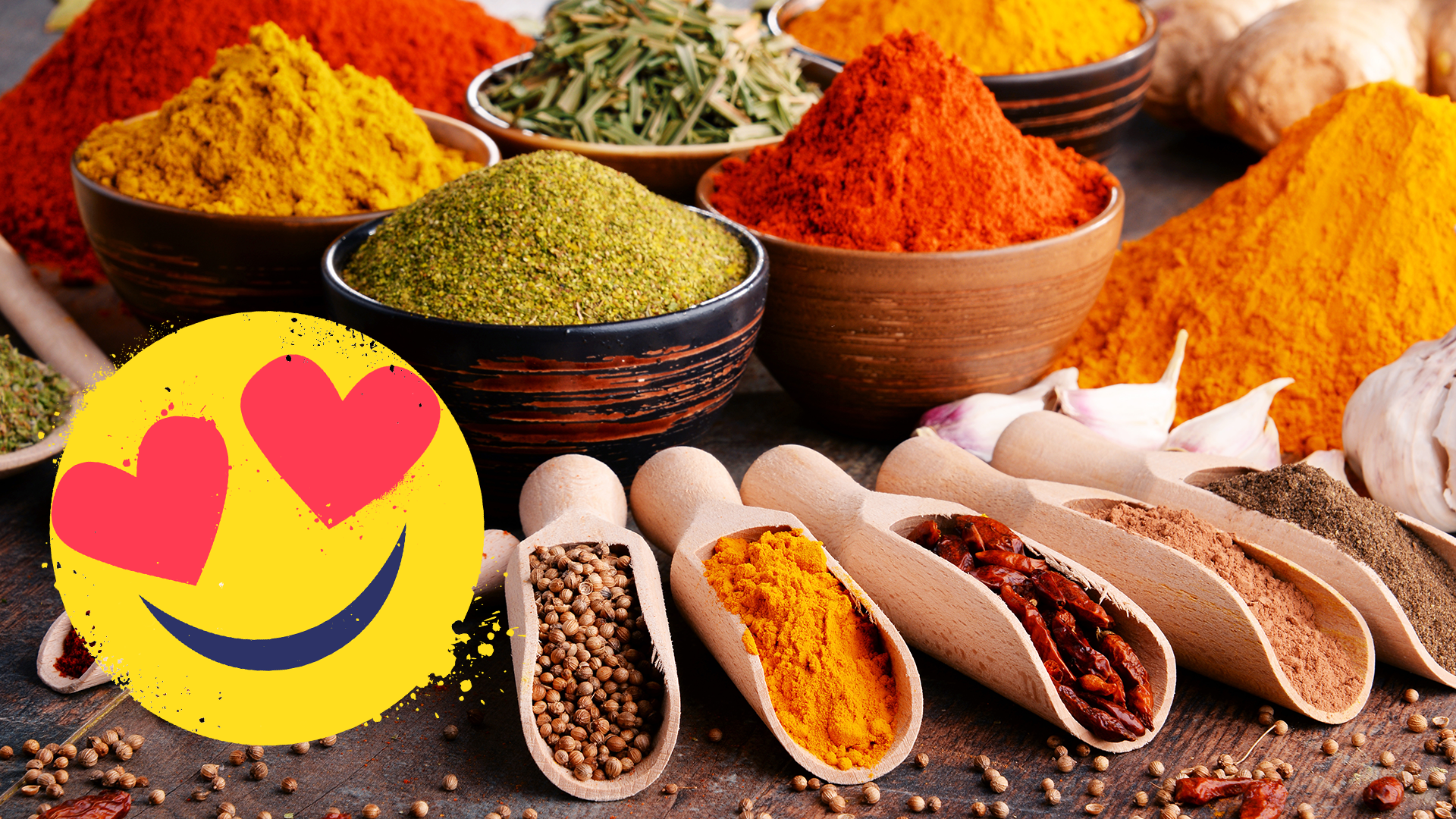
It's so easy to sprinkle pepper on your food now, but did you know that wasn't always the case? In fact, spices used to be so valuable that entire trade routes were established over transporting them. Back in the olden days spices couldn't be grown in the UK and it took a very long time to transport them from the countries where they were grown - hence the cost! Using spices was a great way to show off how rich you were. Nowadays you don't have to be a millionaire to have a jar of cinnamon in your cupboard, but some spices are still expensive. Saffron is one - it takes a lot of labour to produce it, so the cost is still high.
12. If coriander tastes bad, there's a reason!
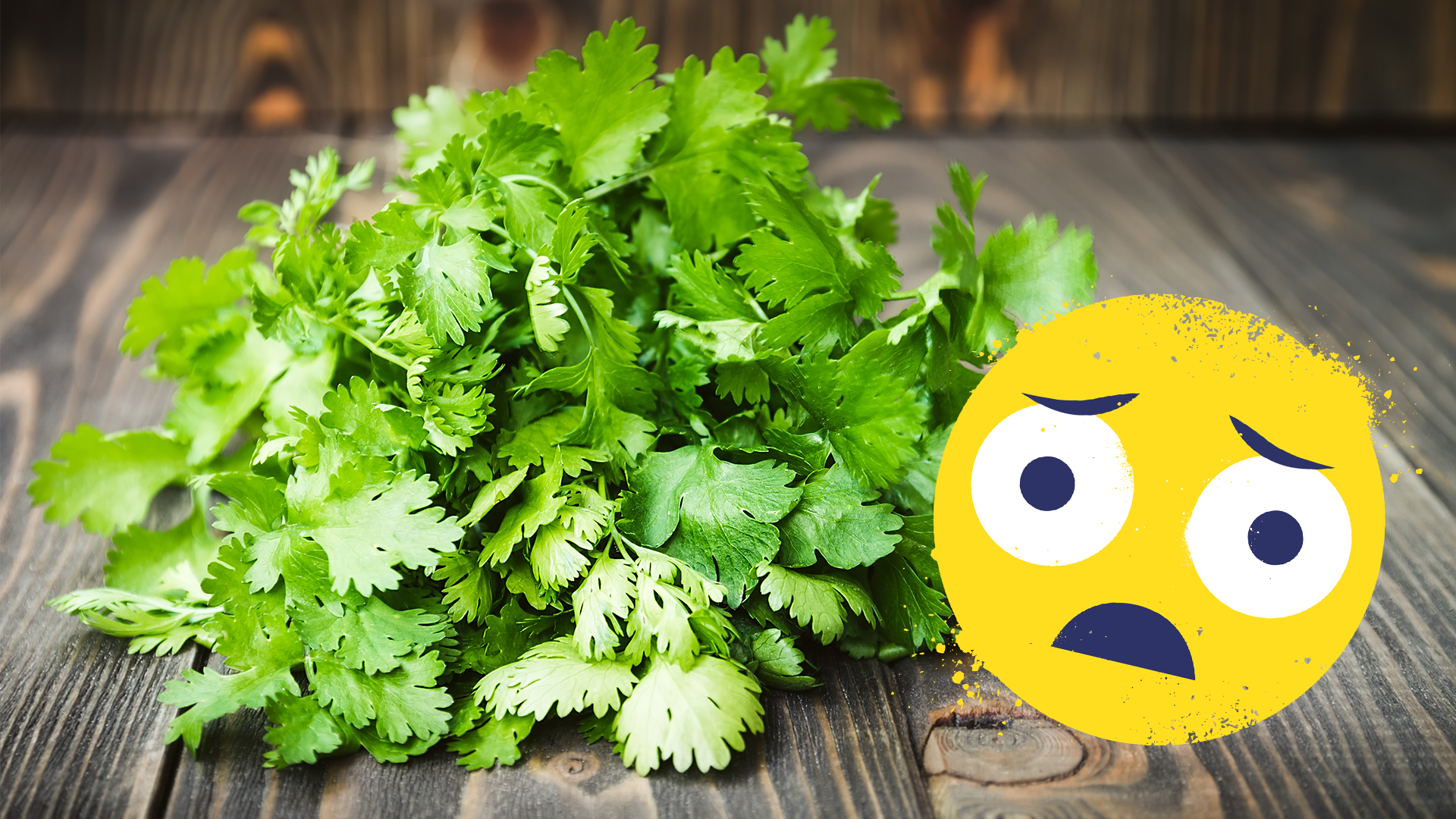
And the reason is your genetics! If you think coriander tastes like soap, it's because you have a gene that picks up particular aldehydes that are also present in soaps and makes it taste nasty!
13. Forks were once considered sinful
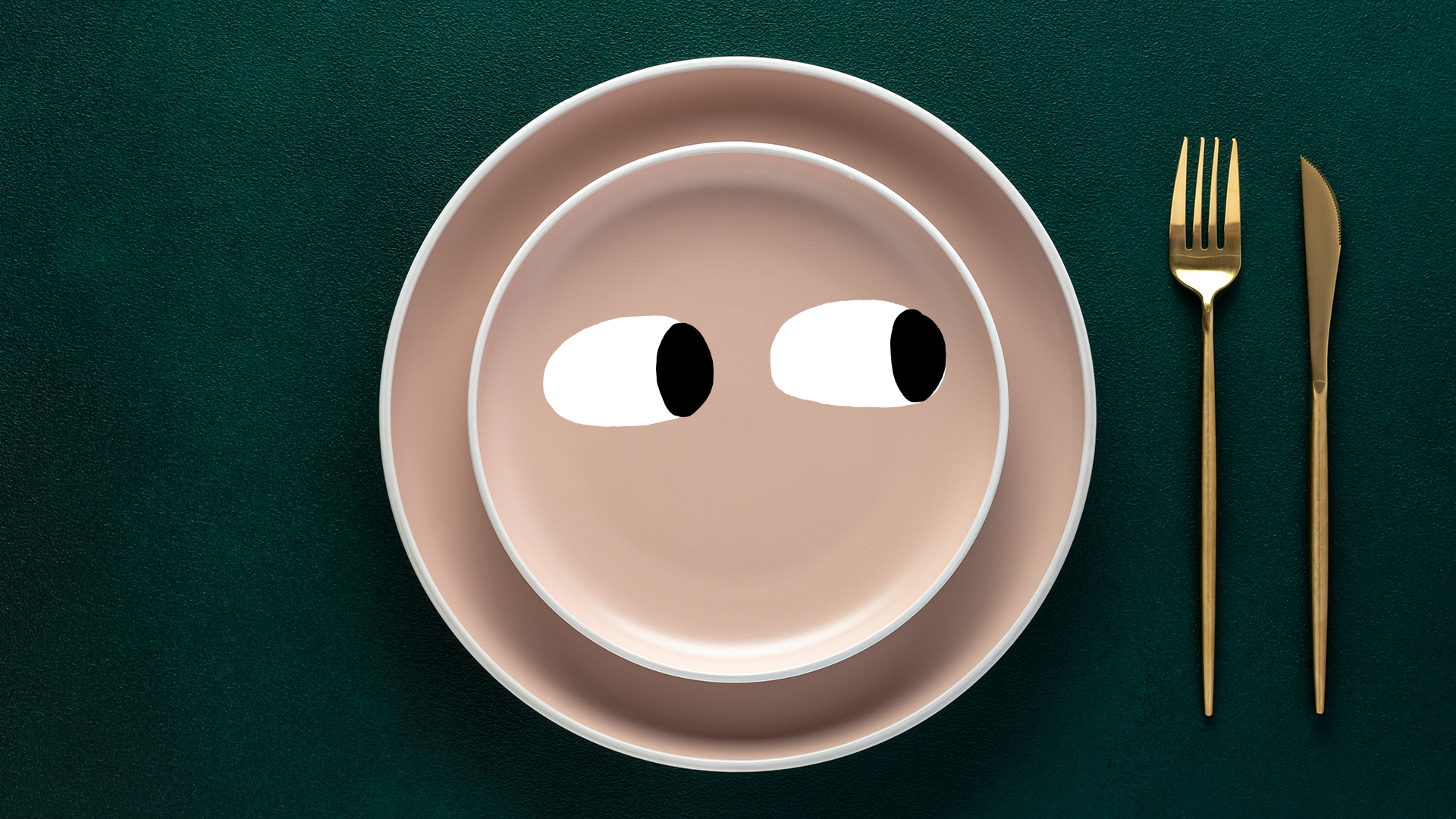
They're probably the most useful utensil, but forks weren't always used by everyone! They were ridiculed as late as 1608 in the UK. In 1104 the niece of a Byzantine emperor used a fork at her wedding, and a disgusted onlooker said: "God in his wisdom has provided man with natural forks - his fingers. Therefore it is an insult to Him to substitute artificial metal forks for them when eating." Yeah, try saying that at the dinner table!
14. A very strange food disaster happened in Boston
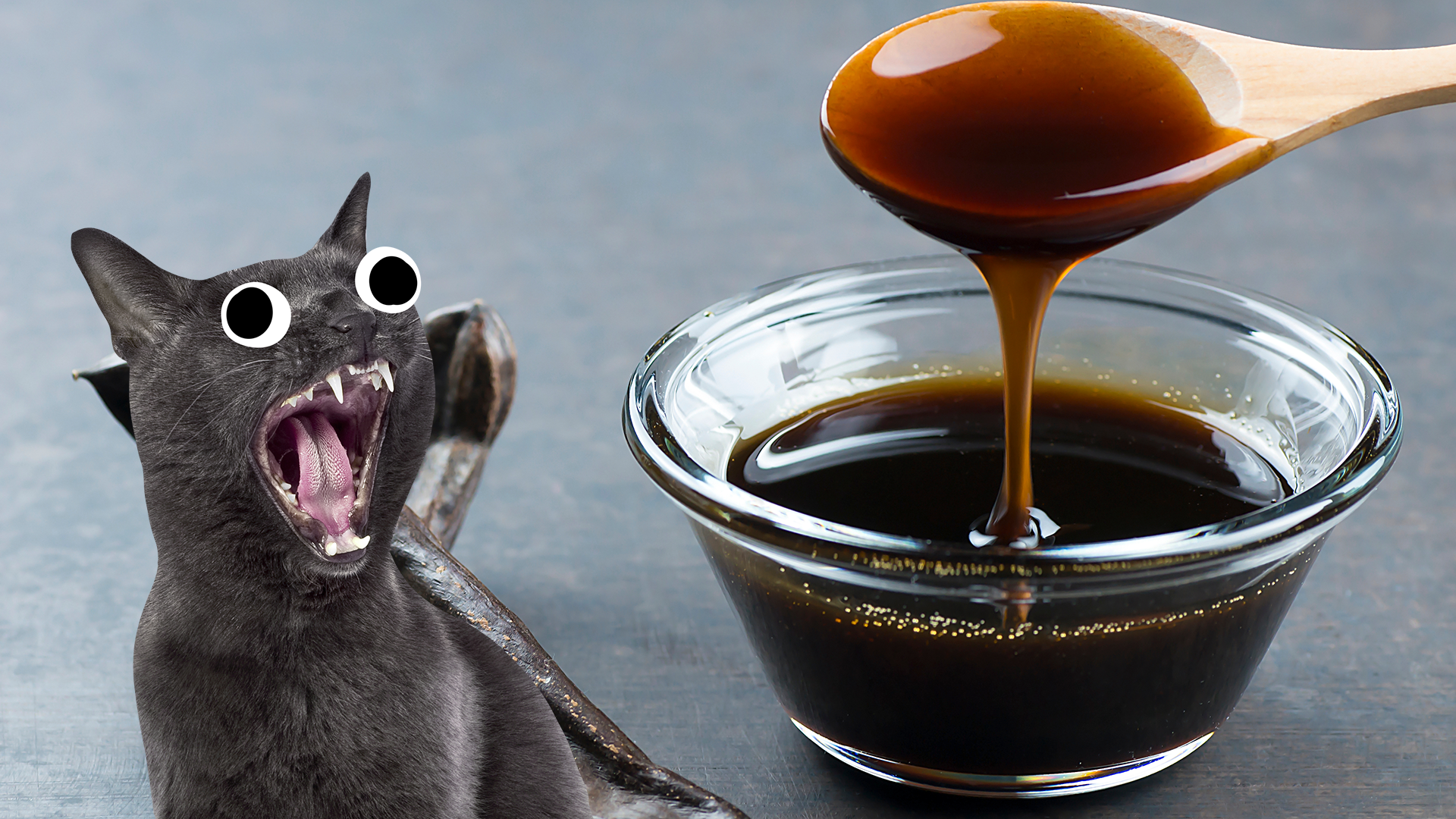
In 1919 in Boston, Massachusetts, a storage tank full of molasses (a rich, viscous, sugary syrup) exploded and flooded the streets of the North End area of the city. The wave of molasses travelled at 35mph, a speed no human can outrun, and killed 21 people while 150 people were left injured. It's said that the sickly sweet smell of molasses lingered in Boston for years afterwards.
15. White chocolate isn't chocolate
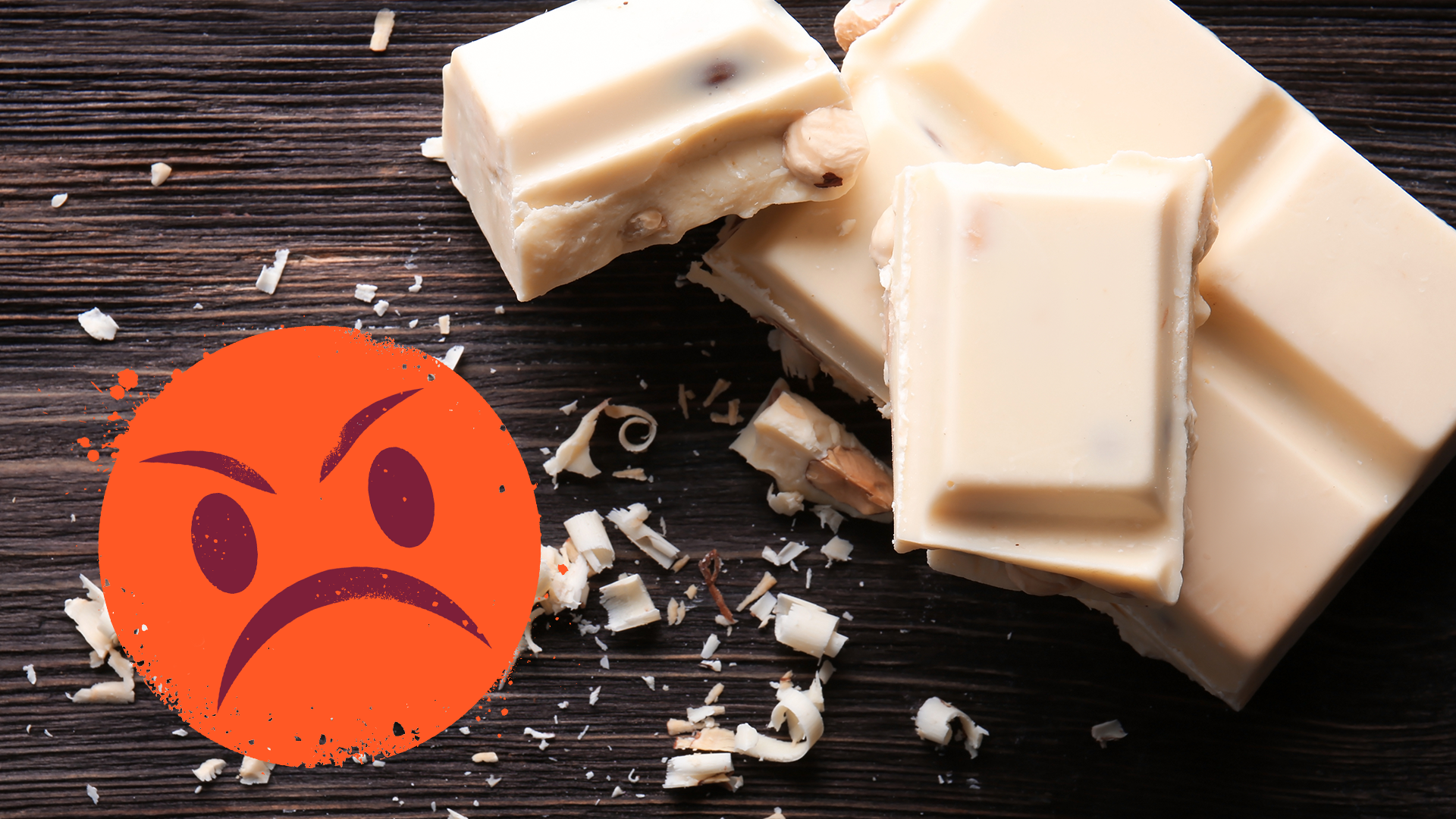
What a betrayal! White chocolate contains cocoa butter but no chocolate solids so, technically, it isn't chocolate at all!
16. Lots of foods don't come from where you'd think
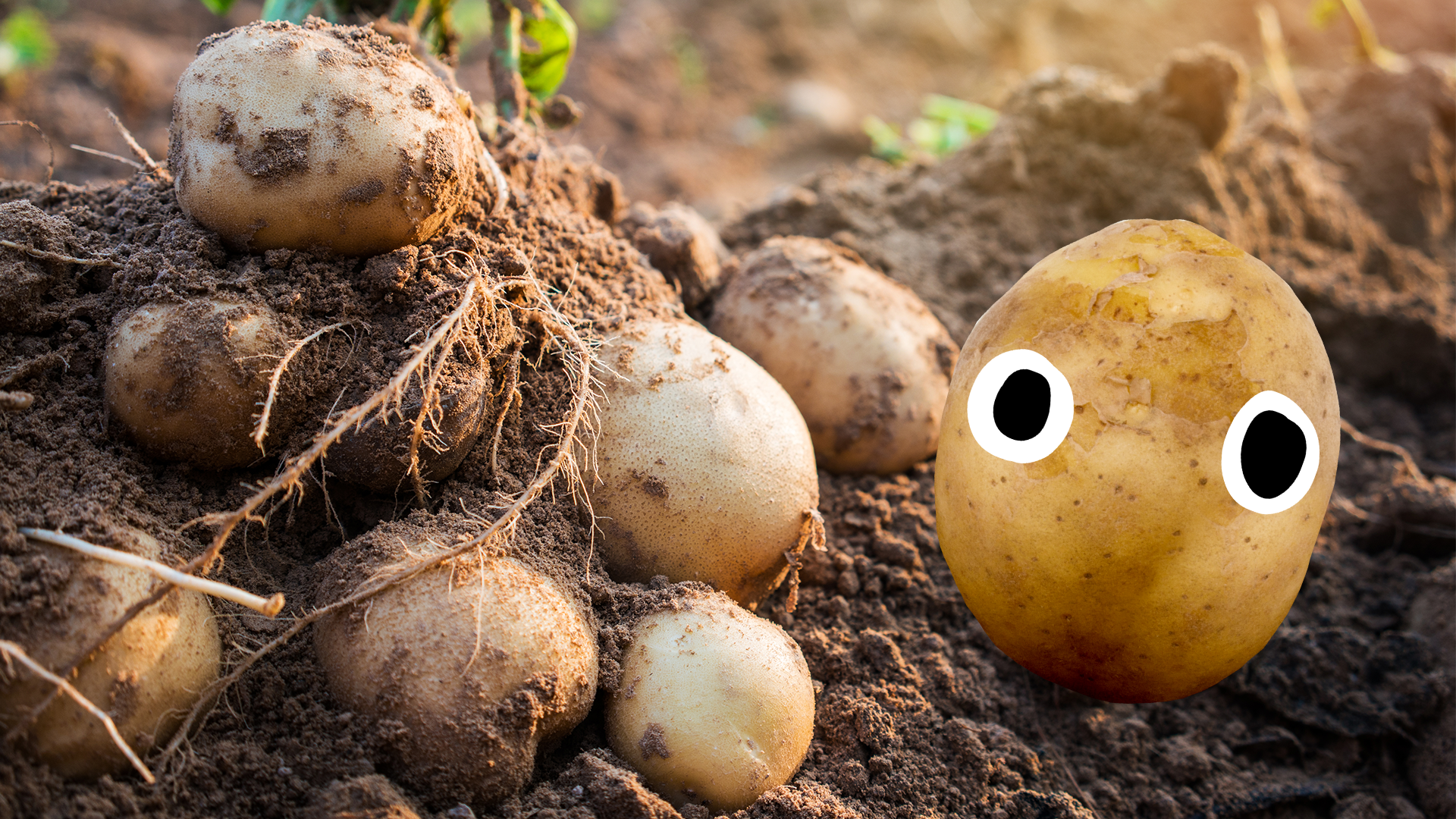
Ever been to an Italian restaurant? Then you'll know that the key ingredient in many of the dishes is tomato - as a pizza topping, in marinara sauce, spaghetti bolognese, penne piccante... we could go on forever! But, the tomato did NOT come from Europe originally. It's actually a South American plant that made its way to Europe in the early 16th century via Spanish colonizers. Tomatoes are now a major staple of Southern European cuisine, but it wasn't always that way! The same is true of potatoes, a classic staple in Northern European food including the UK and Ireland - in fact, the Potato Famine in Ireland in the mid-1800s killed a million people. Potatoes also came from South America, and were also exported from South America by Spanish invaders. Chips are one of the most quintessential British foods, so it's hard to imagine life without them!
17. A lot of Italian food isn't what you'd think
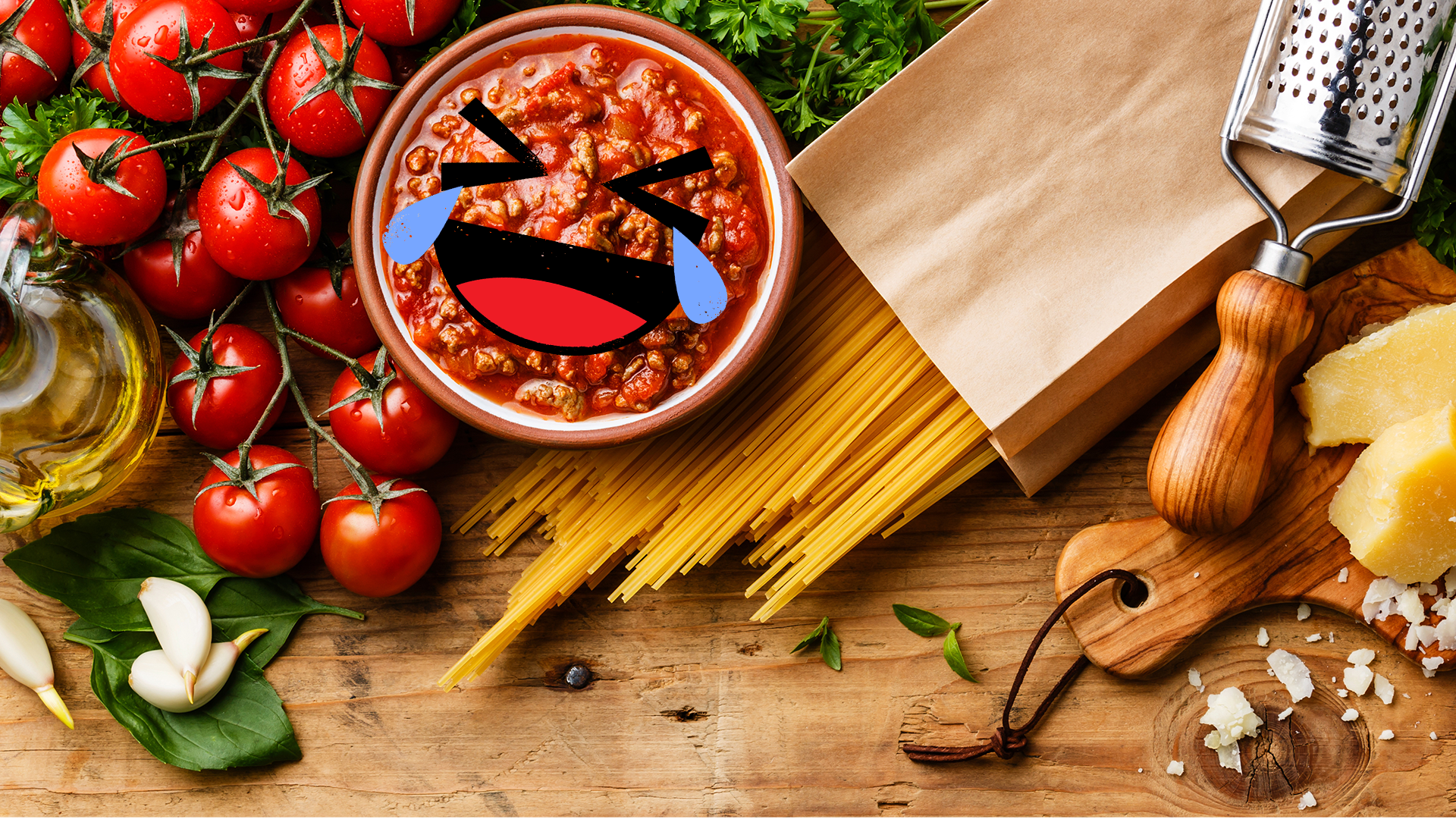
Speaking of Italian food... a lot of what we eat in Italian restaurants isn't really Italian - at least not by strict definitions! Spaghetti bolognese for example is usually considered a British invention, made popular by Italian immigrants in the 20th century. Lots of other dishes, like spaghetti and meatballs or chicken parmesan, are usually considered American-Italian classics, rather than purely Italian. There are a lot of reasons for this, one being that Italian immigrants to America found that they had a lot more meat than at home and so were able to invent more meat-based dishes. Like all cuisines, Italian food is extremely varied - it's fascinating to learn about!
18. There was a chocolate-based plot in WW2

Winston Chruchill was the Prime Minister during the Second World War. There were a lot of elaborate plots from all sides to take down their opposing leaders - and one of the most diabolical was to kill Churchill using an exploding chocolate bar! The Nazis planned a bomb contained in a bar of chocolate, which would detonate when a piece of the chocolate bar was broken away. Luckily the plot was foiled, but imagine how different world history would be if it succeeded!
19. The Ancient Greeks used waffle irons
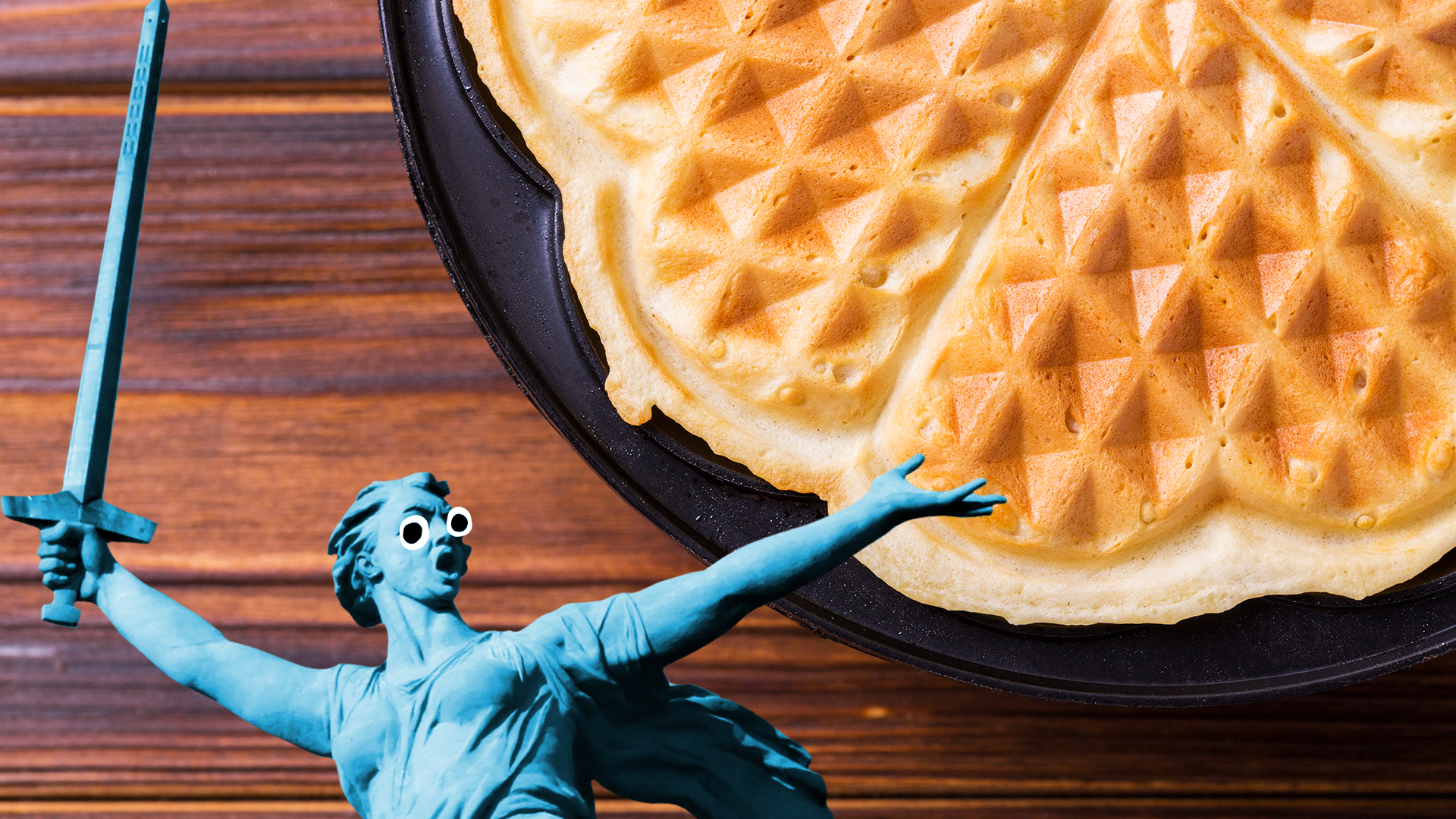
The Ancient Greeks didn't eat waffles quite like we're used to them - they were more like pressed wafers - but they did use ancient waffle irons, held by cooks over the fire! It's though that the practice evolved over time into the Belgian waffle we know and love today.
20. Bagels are a gift
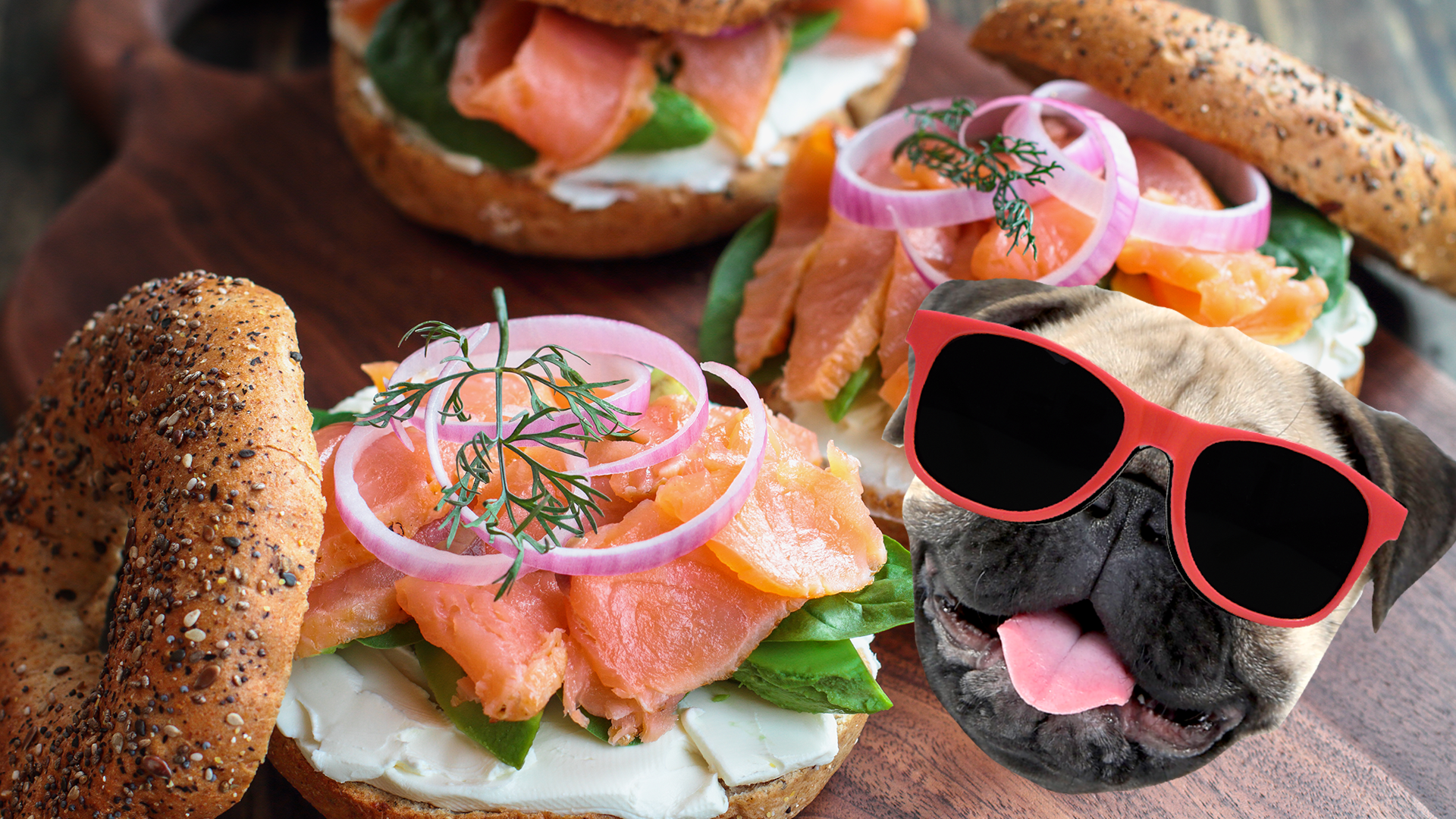
Bagels have a long and interesting history dating back to at least the 1300s. Polish Queen Jadwiga made them popular when she made them her go-to bread for Lent. That's not all - in 1610 a law was passed in the Polish city of Krakow to give new mothers bagels! This is because they symbolised a long and healthy life. Bagels are also a key part of Jewish culture - it's thought that they came to be because of laws preventing Jewish bakers from making bread, so they would circumvent them by boiling then toasting the dough.



















